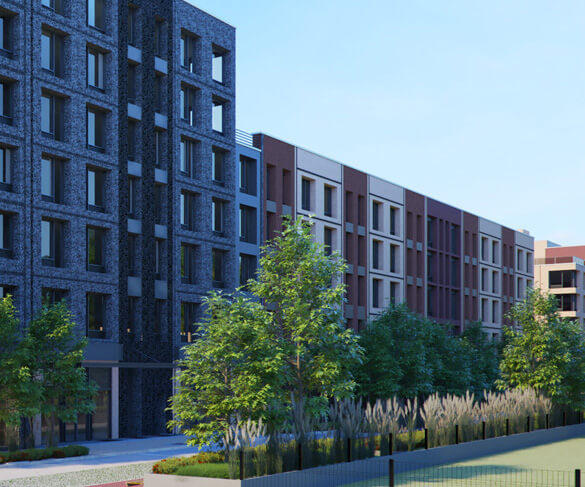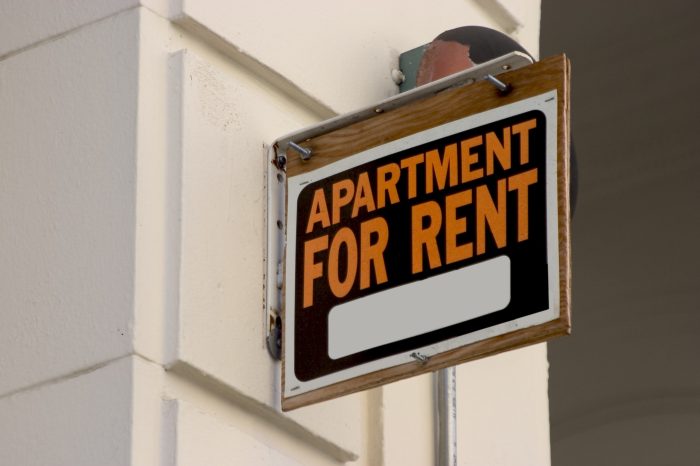New York is not dead, but tens of thousands of apartments here are empty. This presents an unprecedented opportunity to house every New Yorker experiencing homelessness. As a city we have a moral mandate to permanently house our homeless now. We can do so by creating tens of thousands of affordable housing units in existing empty apartments, including in our tallest buildings and wealthiest neighborhoods. No matter what neighborhood we live in, we can all welcome unhoused New Yorkers onto our block and into our buildings.
This morning, over 18,000 children woke up in a city shelter. Just over 10,000 families account for a 30,000 person majority of those living in shelters. With over 15,000 vacant Manhattan rentals and 4,100 vacant condominiums dating back before the pandemic, we now have more vacant apartments than homeless families. The city should buy these vacant condominiums and secure long-term leases on vacant rental apartments to provide transitional and permanent housing for the homeless. Opening up space in family shelters would then allow single adults experiencing homelessness to utilize buildings currently used as family shelters, enabling social distancing and providing greater privacy than the dormitory style shelters, where the majority of single adults currently reside, sleeping in rooms with many people close together.
Prior to the pandemic, New York City paid $3.2 billion a year on costly shelter beds and commercial hotels. We pay far more to shelter families than it would cost to supplement their rent and provide them with a permanent home. According to the Mayor’s Management Report, it costs over $6,000 per month to provide shelter for a family with children, and approximately $3,900 per month to shelter a single adult, and those costs will rise this year to accommodate Covid-19 public safety measures. Meanwhile, the average length of stay in shelter has only gotten longer. According to last fiscal year’s reporting, families with children average 443 days at a shelter and single adults average 431 days—despite the thousands of vacant apartments waiting for renters.
New York City needs to be bold and start using these empty apartments to house our homeless.
The city should start by renting apartments directly, then sublet to homeless New Yorkers. While we currently spend over $6,000 per month to provide shelter, median rents in Manhattan have dropped to below $3,000. Even by renting apartments in expensive Manhattan neighborhoods, the city would see savings and could cover utilities, groceries and social services.
With historically low mortgage rates, buying condominiums and cooperatives to house the homeless would be an even better long-term investment. In fact, there are more than 4,600 homes and apartments for sale in New York City with 2 bedrooms or more, whose monthly payments would come in far below the $6,000 budgeted limit. The $6,000 a month high-water mark opens up our city’s wealthiest neighborhoods from the Upper East Side to Brooklyn Heights. Money saved on apartments at the lower end of the cost spectrum would bring savings and help pay for stabilizing social services from providers in the community. This would end the status quo where homeless shelters are disproportionately sited in poor neighborhoods, and it would help desegregate and open doors to all communities for formerly homeless New Yorkers.
We’ve tried incremental solutions that have not proven enough. The city offers a rent supplement called CityFHEPS that can be accessed by both those currently residing in shelter and those on the brink of eviction. Unfortunately, the voucher only allows rent well below Fair Market Rent, making it virtually impossible to use. Short of more sweeping action, passing City Council bill, Introduction 146, authored by General Welfare Chair Steven Levin would improve the functionality of this voucher by increasing the amount of rent it can cover.
The State must also step up and do its part. There are two bills in the State legislature to create state-wide housing subsidies: Assembly Member Andrew Hevesi’s Home Stability Support and Senator Brian Kavanaugh’s Housing Access Voucher. Home Stability Support would provide a housing voucher that covers 85% of market rent to those who qualify for Public Assistance and are either homeless or face an eminent loss of housing. The Housing Access Voucher would be accessible to households with an income at or below 250% of the Federal Poverty Level (or less than $54,300 annually for a family of 3), and recipients would pay 30% of their income towards rent. These bills would go a long way toward enabling the city to finally secure permanent housing for all.
As many New Yorkers who are housed struggle to weather the economic storm caused by the pandemic, it might seem unfair to take such drastic measures to house the homeless. A New Yorker just barely making rent might worry that their new neighbor is dealing with drug and mental health problems and getting a handout without having done the same hard work. One might even fear that their new neighbor has lied or exploited the system in some way, an echo of the infamous myth of the “welfare queen.”
The reality is that evictions and lack of access to affordable housing are the primary cause of homelessness. As for the relatively small percentage of homeless New Yorkers who face mental health or substance use disorders, we must not criminalize these conditions, but rather introduce social services to help stabilize their lives. We know that housing first models work, and that in order for anyone to begin the process of receiving mental health treatment or reducing their substance use, they first need their most basic needs met: a warm bed to sleep in, a place to shower, and 3 meals a day.
Ultimately, the introduction of any new social safety net program will raise concerns about who is benefitting most and who is losing out. But when we begin to treat housing like a human right, this zero-sum game will take a back seat to meeting the basic expectations of a society that believes all people deserve a home.
Where some see New York City as dead with thousands of vacant apartments, we see the opportunity to permanently house our homeless. This is a once-in-a-generation opportunity. We can wake up in a city that is full and thriving, with housing occupied by families, children, and grateful neighbors. That’s a city we want to live in.
Ben Kallos is a New York City Council Member and Co-Founder of the Eastside Taskforce for Homeless Outreach and Services (ETHOS).
Frederick Shack is Chief Executive Officer at Urban Pathways, a leading nonprofit serving approximately 3,700 at-risk and homeless New Yorkers each year through a full continuum of services including street outreach, transitional housing, and permanent supportive housing residences.



































